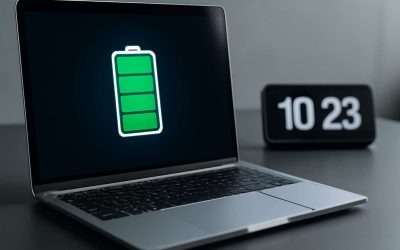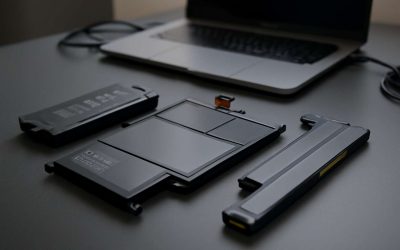
A laptop charger converts AC electricity from your power outlet into DC current that charges the battery inside of your laptop. It also delivers the required wattage to prevent your laptop from overheating, which can damage its internal components. The charger has two parts: the transformer (also called a brick) and the power cord that attaches to your laptop. The transformer gets hot during extended use, and a section of the power cord can wear away over time. Both issues can reduce the lifespan of your laptop.
The best way to ensure you get a replacement charger for your laptop is to purchase one from the same manufacturer that produced your computer. However, this isn’t always possible. If you do find a replacement, read the details carefully to make sure the voltage and amperage match up with your laptop’s requirements.
Many laptop chargers have a label that lists the output power requirements for your specific laptop model. This makes it easy to identify the correct voltage and wattage for your laptop. If your replacement charger doesn’t have this information, look for a list of compatible laptop models on the product page or in a separate document that you can access online.
Another factor to consider when replacing your laptop charger is whether or not it supports USB-C ports. This newer port type can transfer up to 100-watts of power over three devices at once, and it’s becoming more common in laptop computers. However, some laptops still use the older USB-A ports.
To keep your laptop’s charger safe, be careful how you handle it and where you store it. The power cord can be damaged if it’s wrapped tightly around other objects or if it’s repeatedly bent. This repetitive stress puts unnecessary strain on the thin copper conductors within the cord, which can lead to stranded wires or even break them completely. Instead, wrap the cord loosely and avoid twisting it or crimping it in a knot to protect your laptop charger.
Place your laptop charger in a well-lit area where it will receive plenty of airflow while in use. Keeping it in a dark, enclosed space or under a blanket can cause it to overheat and potentially damage its internal components. Also, never leave a laptop charger unattended when it’s plugged in. If you notice that your charger is getting hot, let it cool before using it again.



0 Comments